The Magical Mystery Cure (is coming to take you away)

by bob k
The more liberal talk that’s heard around the rooms of Alcoholics Anonymous can convey the impression that conventional AA is user-friendly to those of us in the atheist-agnostic camp. Phrases like “Higher Power” and even “higher power” suggest the sanctioning of a wide range of beliefs. The invitation to choose one’s “own conception of God,” while not as welcoming as the traditionalists imagine, is better than nothing. There’s a hint of what’s to come with the faux flexibility of “God as we understood Him.” (oopsy)
Naturally enough, the Bigga Booka is what it is. The “Power greater” options disappear on page 46 where we learn “that Power… is God.” One’s “own conception of God” also has a limited shelf life. “Our own conception, however inadequate, was sufficient to make the approach… At the start, this was all we needed to commence spiritual growth….” (BB, pp. 46-47) Thus, the weasel words vanish in a puff of incense.
Nonetheless, the nonbeliever is invited to “keep coming back.” He is invited to embrace the more pragmatic philosophy of his new friends. He is further invited to abandon his belligerent denial – to let the scales of unreasoning prejudice fall from his eyes. “I used to be a militant atheist, just like you.”
When it comes to the religious roots of Alcoholics Anonymous, those also are what they are and there’s much more to all of that than the Oxford Group. Today we’ll take a look at some of AA’s other religious predecessors. Admittedly, Buchman’s evangelicals were directly responsible for the arrival of Ebby Thacher at the home of his old school chum, Bill Wilson. In late November of 1934 that Ebby brought the “good news” that a decision for Christ had released him from his obsession for alcohol.
“I’ve got religion,” he proclaimed!
When his drunken friend asked for further clarification, Thacher replied: “Yes, Bill, I can provide that. The magical mystery cure is coming to take you away; coming to take you away.”
* * *
Pietism
Philipp Jakob Spener (1635-1705) was a Lutheran pastor who found himself increasingly disenchanted with his church’s focus on ritual and dogma. He thought that congregants should have a greater role than that of mere audience members at the Sunday morning salvation show. In 1675, Spener published Pious Desires, a call for a “religion of the heart” rather than of the head. Christians were urged to seek a personal experience with God and to maintain a continuous openness to spiritual illumination.
Spener stressed the need for ethical purity, inward devotion, charity, asceticism, and mysticism. A deeper emotional experience was to be had from one’s religion. Centuries later, a Cocaine Anonymous speaker was noted for saying: “God is the best drug there is, and there’s an unlimited supply.”
Jesper Swedberg (1653-1735)
Swedberg was a prominent member of the Swedish clergy, court chaplain, professor of theology in the University of Uppsala, and later bishop of Skara. When his family was ennobled in 1717, it took the name “Swedenborg.”
Britannica
Swedberg traveled through Europe in the 1680s and was attracted by Spener’s ideas. He came to believe that personal transformation could be brought about by spiritual rebirth and renewal. The case is easily made that ten generations later, personal transformation through spiritual rebirth would form the very essence of the Twelve-Step process.
“Spirits and angels were entrusted, and Swedberg claimed the Lord had saved his life more than once, which He did by giving Swedberg direct messages, warning him of dangers.” The Oxford Group called direct messages from God “guidance.” Such direction was available to all who sought.
… coming to take you away.
Emanuel Swedenborg (1688-1772)
Jesper Swedberg’s son was something of a da Vinci. After graduating from the University of Uppsala, he visited Germany, Holland, France, and England where he pursued his interests in physics, mechanics, mathematics, and philosophy. He also wrote poetry. As his family had status but limited wealth, Swedenborg forged a career as a scientist and inventor with Sweden’s Department of Mines.
In his mid-50s, the pastor’s son began experiencing strange dreams “of a grossly sexual nature.” (britannica.com) Swedenborg was pressed to confront the ego-driven elements of his burning desire to be recognized as a great man of science. From 1743-1744, two forces – the love of self and the love of God – battled for supremacy. Throughout this existential crisis, the scientist repeatedly heard voices and experienced visions. A waking vision of the Lord told him to quit his job.
He retired from the world of science to take up a new mission as a man of God – a very special man of God, by his own accounts. Ten years into his religious vocation, he declared that the “Second Coming of Christ” had indeed taken place. Christ had arrived, not in person, but through His chosen agent, Emanuel Swedenborg. He declared that he had been given the power to freely visit heaven and hell and to converse with both angels and demons.
In spite of the strange nature of many of his claims, Swedenborg had followers. These included William Butler Yeats, Ralph Waldo Emerson, Henry James Sr., and the family of the AA founder’s wife, Lois Burnham Wilson.
Henry James Sr.
The curse of mankind, that which keeps our manhood so little and so depressed is its sense of selfhood, and the absurd abominable opinionatedness it engenders.
The Three Jameses: A Family of Minds, Hatley C. Grafton, p. 84
The father of William James inherited enough money to live as a man of leisure. He studied for the ministry but rejected much of what he was being taught. While in his early thirties, he fell into a two-year period of spiritual crisis. Biographers have suggested that James exhibited the classic symptoms of bipolar disorder. Carl Jung suffered similar “psychotic episodes,” later referring to his experience as “a confrontation with the unconscious.”
James felt a presence that was less benevolent than Bill Wilson’s Towns Hospital visitor – “a perfectly insane and abject terror, without ostensible cause and only to be accounted for, by some damned shape squatting invisible to me within the precincts of the room and raging out from his fetid personality influences fatal to life.” (Henry James, F.W. Dupee, p. 50)
Through rigorous self-examination and the study of Emanuel Swedenborg’s writings, Henry James Sr. eventually escaped the most severe aspects of his depression and stopped self-medicating with heavy drinking. He influenced his son and William is credited with influencing Alcoholics Anonymous.
Swedenborgianism made its way to AA via other pathways.
Nathan Burnham (1813-1889)
Dad’s father, Nathan Clark Burnham, practiced law and medicine, and was a minister of the Swedenborgian Church in Lancaster (Pennsylvania)…
Lois Remembers, Lois Wilson, p. 2
N.C. Burnham was more than a mere minister. He was a theologian and authored Discrete Degrees, a New Church text. Lois and her family members were rigorous adherents to the faith. There can be little doubt that Bill Wilson learned at least the basics of the quirky religion of his wife and in-laws.
His friendship with Rogers Burnham and later, his courtship of Lois, brought the emotionally needy young man into the company of the fascinating family of a medical doctor. Surely Bill relished the sophisticated dinner conversations so unlikely at the home of his elderly wards, the Griffiths. “Lois’s father, Dr. Clark Burnham was to have a tremendous if somewhat indirect influence on Bill’s life.” (Bill W., Robert Thomsen, p. 16)
New Thought*
The most obvious connecting link between Alcoholics Anonymous and the New Thought movement comes through William James who “had found answers to his depression and doubts about his self-worth from… New Thought teachings, which he termed ‘mind-cure’ … While New Thought organizations never became very large, their ideas have wide acceptance in general society and influenced early AA… The principal benefit was much like the program of the Oxford Group and the claims of William James in his seminal book. It transformed religious beliefs into a plan of action that individuals could follow for their own benefit in solving problems in the here and now.”
New Wine, Mel B., p.105
* For a more detailed look at New Thought see Beyond Belief – New Thought and AA
New Thought began with Phineas Quimby (1806-1866), a Portland Maine clockmaker “who practiced mesmerism and developed his concepts of mental and spiritual healing and health based on the view that illness is a matter of the mind.” (britannica.com)
New Thought spawned Christian Science. Mary Baker Eddy (1821-1910) had been a patient of Quimby’s.”Did Christian Science teachings have anything to do with the forming of AA and the evolution of the Twelve Steps? Bill Wilson, months before he met up with the Oxford Group, had read and reread Mary Baker Eddy’s Science and Health with Key to the Scriptures in the hope of overcoming his drinking….” (New Wine, Mel B., p. 104)
Faced with both the fear created by the fire and brimstone of the Second Great Awakening and the sterility of scientific empiricism “New Thought counters with an unflinchingly positive view of life and its outcome. By… resigning the care of your destiny to higher powers… the believer gives the little compulsive self a rest.” (Language of the Heart, Trysh Travis, p. 77)
The magical mystery cure is coming to take you away.
“James characterized New Thought’s highest aim as an undoing of the modern norms of vigilance and aggression, the cultivation of ‘passivity, not activity; relaxation, not intentness.'” (Travis, p. 78) The Emmanuel Movement joined Christian Science and New Thought as “‘harmonial religions’… in which spiritual composure, physical health, and even economic well-being are understood to flow from a personal rapport with the cosmos.” (The Road To Fellowship, Richard Dubiel, p. 2) The cosmos, or God, or Him perhaps.
AA’s Tenth Step promises are dripping with passivity:
And we have ceased fighting anything or anyone – even alcohol …. We will seldom be interested in liquor…. We will see that our new attitude toward liquor has been given to us without any thought or effort on our part. It just comes! That is the miracle of it. We are not fighting it, neither are we avoiding temptation. We feel as though we have been placed in a position of neutrality – safe and protected. We have not even sworn off. Instead, the problem has been removed.“
By the Giant Remover, you know, “Him”
Early AA members were all over New Thought literature such as James Allen’s As A Man Thinketh, and The Sermon on the Mount by Emmet Fox. New York AA’s frequently showed up in groups to listen to Fox carry the message. New Thought also produced positive thinkers like Norman Vincent Peale, Marianne Williamson, and Rhonda Byrne.
* * *
Positive affirmations can be seen in AA’s Bigga Booka: “Rarely have we seen a person fail…”; “We have recovered”; “… the problem has been removed”; etc. Of course, at the core of all of this personal transformation is the Grace of God. “God could and would if He were sought.”
Sadly, amidst all of the curing of Swedenborgianism, New Thought, Christian Science, and Alcoholics Anonymous, the number of healed amputees remains at zero. This limit of the magical mystery cure is particularly disappointing as the capital “C” Curer could repair a legless man with a snap of His Divine fingers.
After all: … there is one who has all Power – that One is God. May you find Him now.
Choose your own conception of Him, if you wish, but don’t stray too far from AA’s religious roots.
To date, bob k has written a total of 52 articles on AA Agnostica (those by Bobby Beach have a check mark – ✔). Here are his earlier articles:
- The Virtual 2020 Secular AA Conference (December 20, 2020)
- “We’re Spiritual Not Religious.” “Oh, Please!!” (October 4, 2020) ✔
- Sleight of Hand; Slight on “Real” Inclusivity (September 20, 2020)
- THUMPERTOWN THEATRE PRESENTS… Bill and Bob go to the Library (May 24, 2020) ✔
- What If We Built It And Nobody Came? (May 13, 2020)
- The Underground Railroad (April 26, 2020)
- The One and Only Kool-Aid (February 23, 2020) ✔
- Tales of Spiritual Experience (January 19, 2020)
- The Rainbow Group (January 8, 2020)
- WRITING the BIG BOOK: The Creation of AA (November 17, 2019)
- Unintended Consequences (March 31, 2019)
- We Are Diversity (March 20, 2019)
- Freaken Big Book Fundamentalists Hate Freaken Everything (February 24, 2019) ✔
- The Sad Tale of the Founder of Moderation Management (January 6, 2019)
- Bill W, LSD and AA Spirituality (November 18, 2018)
- Lord’s Prayer Threatened – Fundies go Wild (June 28, 2017)
- A Manual for Alcoholics Anonymous (June 4, 2017) ✔
- The Kawartha Freethinkers (May 21, 2017)
- The Search for Self-Esteem (March 30, 2017)
- The Watering Down of AA (March 16, 2017) ✔
- Remembering Ernie Kurtz (January 19, 2016)
- Carl Gustav Jung (June 28, 2015)
- Anne Smith (April 26, 2015)
- Jim Burwell (March 22, 2015)
- Dr. Bob – Part Two (Akron-Style AA) (January 25, 2015)
- William Duncan Silkworth (October 22, 2014)
- Lois Wilson (October 5, 2014)
- Bill Wilson and Other Women (October 1, 2014)
- Sylvia K. – First Lady of Chicago AA (September 14, 2014)
- William James and AA (August 24, 2014)
- Slaying the Dragon (July 2, 2014)
- Alcoholism – What’s It All About? (May 25, 2014)
- Twelve Steps to Psychological Good Health and Serenity (April 23, 2014)
- Dr. Bob, AA Co-Founder – Part One (March 30, 2014)
- Young Bill Wilson – Part Two (December 1, 2013)
- Young Bill Wilson – Part One (November 24, 2013)
- Frank Buchman and the Oxford Group (November 3, 2013)
- Charles B. Towns (October 6, 2013)
- Clarence Snyder: Almost Co-Founder (September 15, 2013)
- Anonymity in the 21st Century (April 21, 2013)
- Marty Mann and the Early Women of AA (April 14, 2013)
- Edwin Throckmorton Thacher (Ebby) (February 3, 2013)
- Christmas, Christians, Lepers, and Alcoholics (Revisited) (December 23, 2012)
- Twentieth Century Influences on AA (November 18, 2012)
- Short of a Game Changer – Appendix II (October 21, 2012)
- God As We Understood Him (June 17, 2012)
- Heathens, Spies, Websites, Water-boarding & Carrot Cake (April 1, 2012)
- AA in the 1930s: God As We Understood Him (February 8, 2012)
- Does AA Need Religion: Agnostics on CBC Radio (January 29, 2012)
- Our Father Who Art Not in Public Schools (January 15, 2012)
- Christmas, Christians, Lepers and Alcoholics (December 29, 2011)


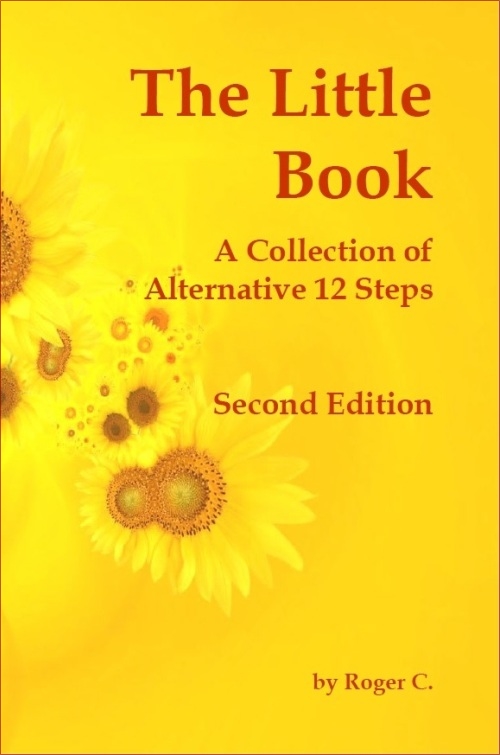
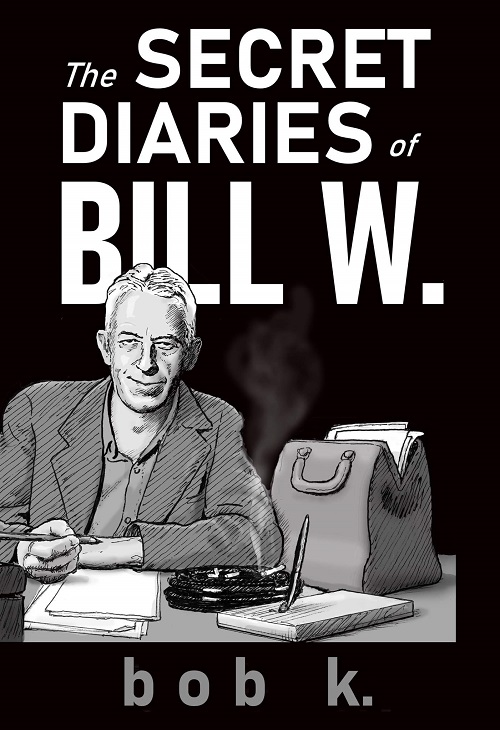
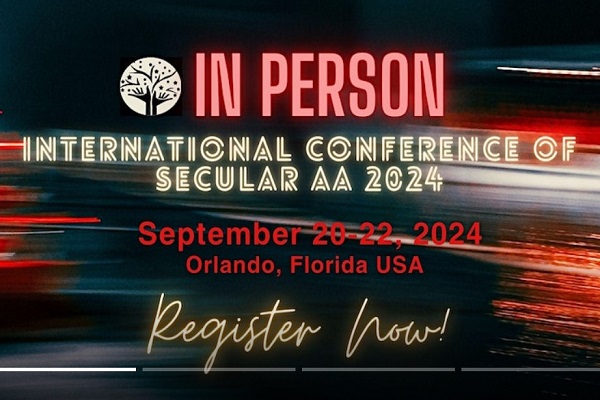



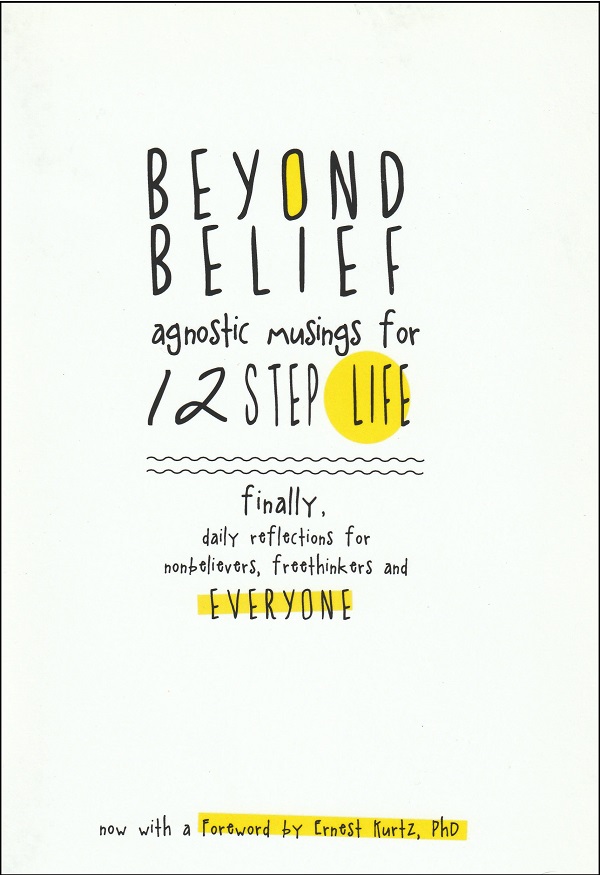

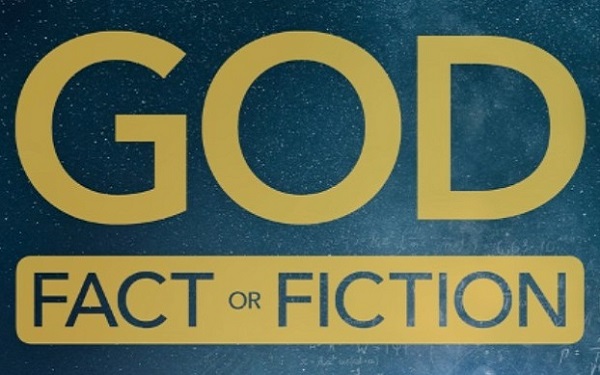
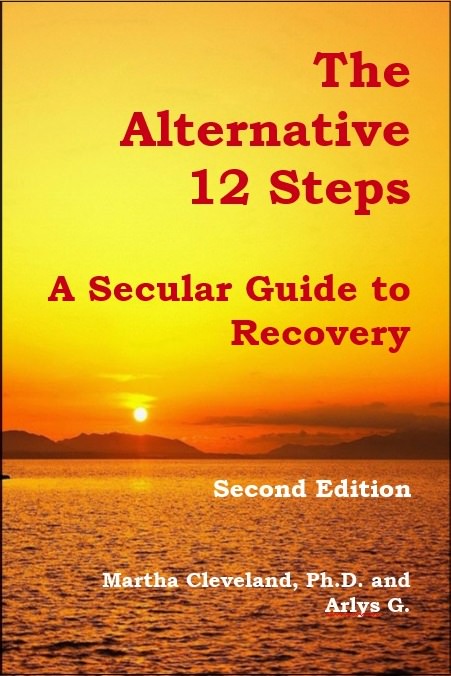




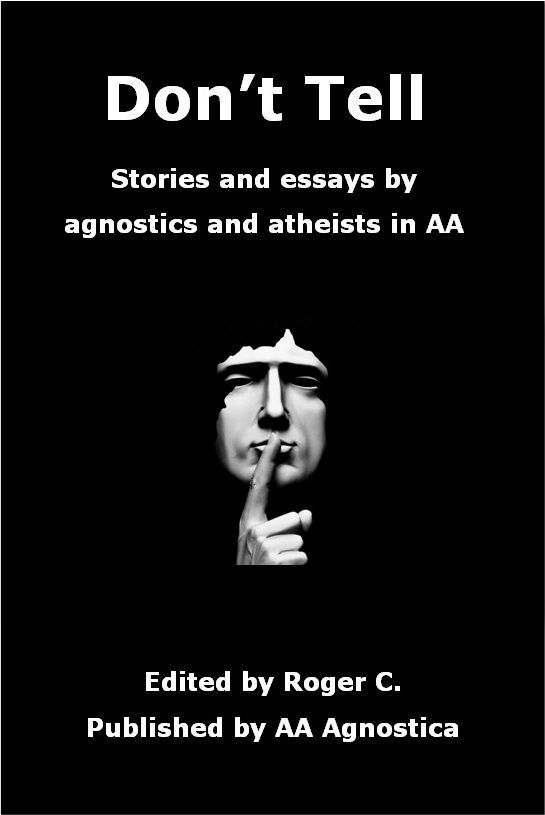
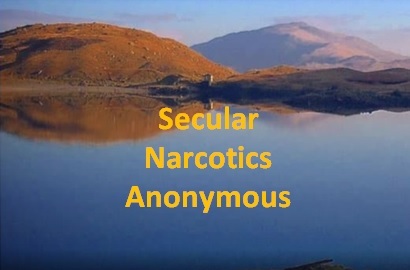



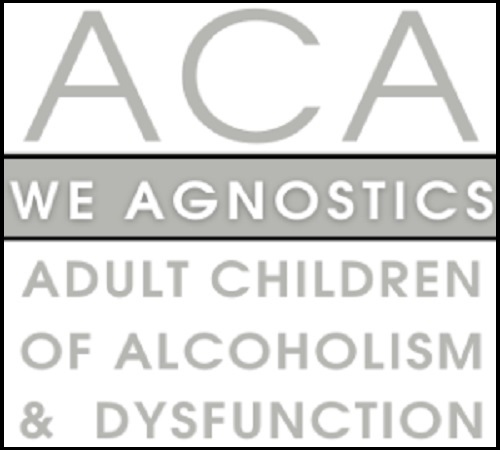



Delighted when I saw Roger mention the article was your very good self, Mr K. Really enjoyed it. Obviously well researched and as always, well written and structured. A wee minute while I wipe this brown stuff off my nose; think I may be getting a wee tad sycophantic here! Anyway Bob, thanks once again for keeping me ‘entertained’! 👍 😈 🤝
bob – That is very interesting and engaging historical perspective. Thank you for sharing the information.
Thanks bob k for another great essay and thanks to bob k and Roger C for the indexing of articles. Bob k and Bobby Beach have given me some of my best laughs since I wandered into recovery. I did not laugh much in Traditional AA but secular AA is full of humour and irony and realism. I wasn’t interested in changing one delusion for another.
Dumbo only “thought” he needed his “magic feather.”
Great News, Bob! So glad the mother ship is still on it’s way. Very well written and quite enjoyable. My great (many greats) grandfather was the Jarl of Orkney, appointed by the Danes in the 1600’s. After he raped all the women on the islands, he was murdered by the locals. The mothership, (the Catholic Church) made him a saint as a result. In the end, more will be revealed.
I loved the structure, and especially about Lois. Great stuff, Bob.
Thanks for this interesting early history.
That is one F*** wad of writing Bob. A tortured man, after my own heart.
Echoing the others, “Thank you sir.”
I was very interested in your post, bob K. It could have become a summary containing a list (not always interesting to read but you made it so interesting by giving us the essence of the person’s thoughts). I always liked it that the James family indulged in argument at the dinner table. I have known people who were scolded & cautioned about this behaviour. It’s like Traditional AA saying not to argue as “it was your mind that brought you here”. I was always sure that if my mind brought me there, it needed some respect. Didn’t happen.
It was good that you sifted so well through the thoughts to get to the essence that it was still possible to see the trees & not miss the forest. Congratulations! Your approach makes me want to read more.